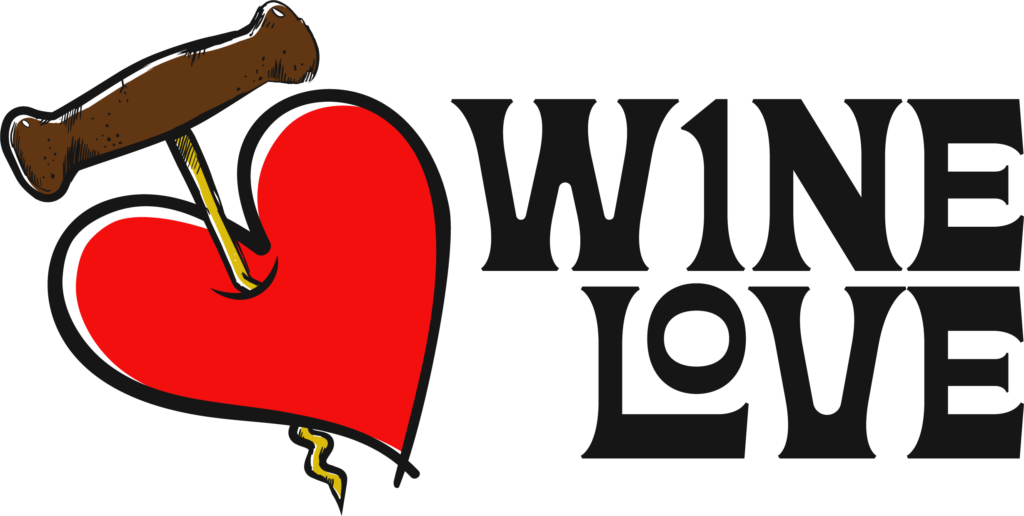Ah, wine. That delightful beverage that’s been making humans smile (and occasionally stumble) for millennia. Whether you’re a casual sipper, a dedicated oenophile, or someone who just loves the idea of saying “oenophile,” there’s a lot to love about wine. Let’s dive into ten fun facts about wine history and the drink itself, with a sprinkle of humor to keep things bubbly.
1. The Dawn of Wine: Ancient Origins
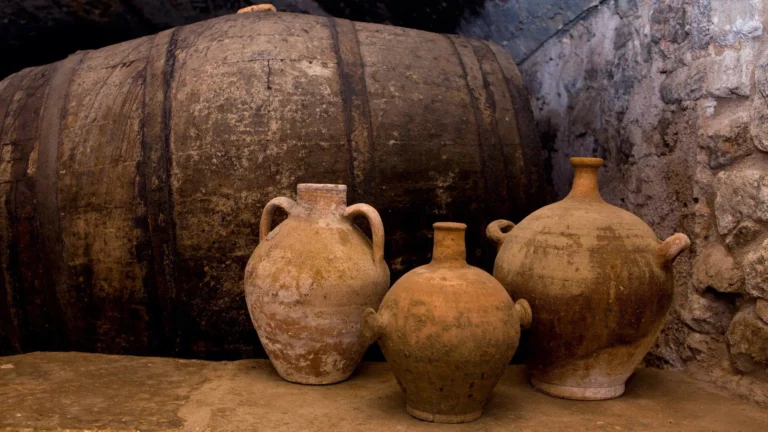
Picture this: It’s 6000 BC, and in what’s now Georgia, someone had the brilliant idea to squish some grapes and let the juice sit around for a bit. Voila! Wine was born. These early winemakers stored their precious concoction in clay jars, not quite as stylish as our modern glass bottles, but hey, it worked! And thus, wine began its long journey into the hearts and glasses of humans everywhere.
2. Egyptian Elixirs
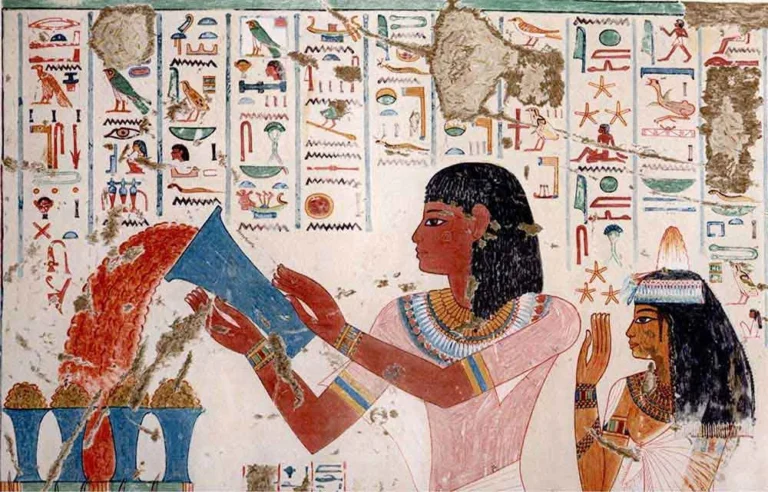
Fast forward to ancient Egypt, where wine wasn’t just for getting tipsy; it was practically a divine beverage. Pharaohs were buried with jars of wine to ensure their afterlife parties were well-stocked. Wine also played a role in religious ceremonies and was a symbol of status and wealth. Nothing says “royalty” like a glass of wine in the afterlife, right?
3. Medicinal Marvels
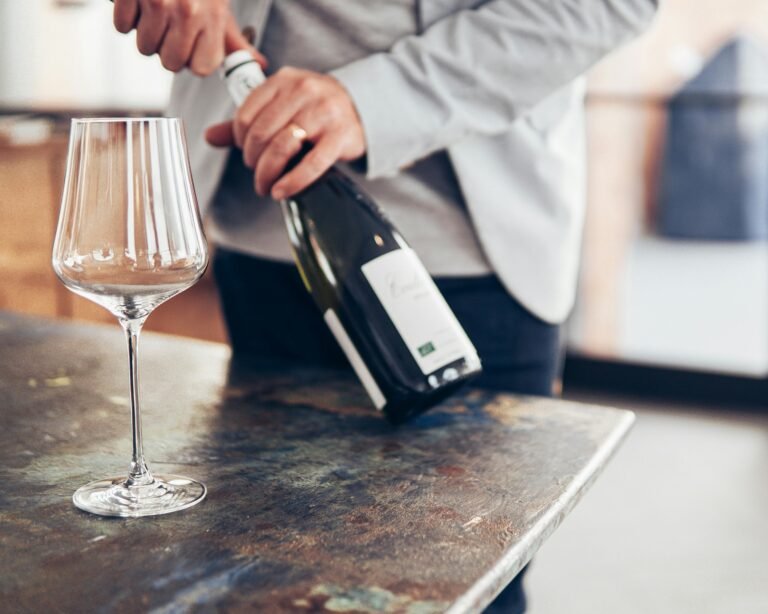
Before antibiotics and cough syrup, there was wine. Yes, that’s right! Ancient Egyptians, Greeks, and Romans all used wine as a form of medicine. Hippocrates, the father of medicine, prescribed wine for various ailments. Stomach ache? Have some wine. Feeling down? Have some wine. It was the ancient version of “take two aspirin and call me in the morning.”
4. Monks and Their Vines

In the Middle Ages, monks were the unsung heroes of wine. Benedictine and Cistercian monks took their winemaking duties very seriously, developing vineyards across Europe. These holy men meticulously documented their techniques, laying the foundation for modern viticulture. They might have taken vows of silence, but their wine spoke volumes.
5. French Wine Renaissance
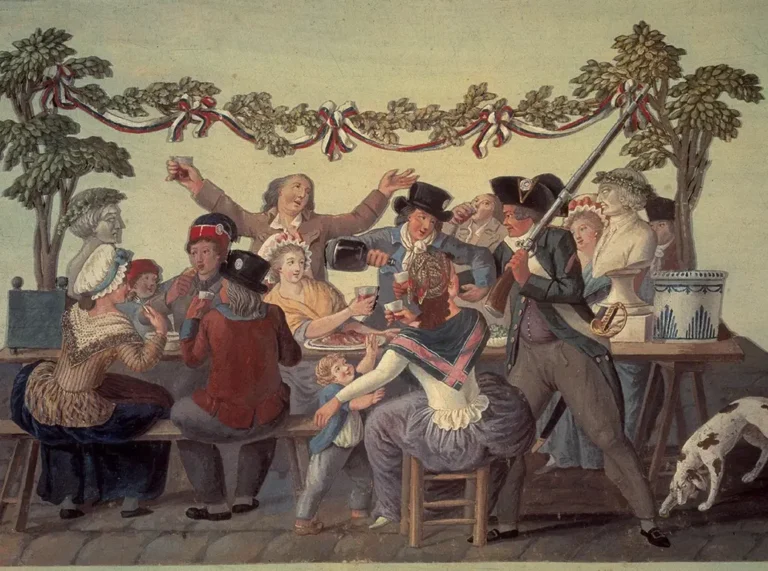
France, synonymous with wine excellence, didn’t become the wine capital overnight. It took centuries of innovation, hard work, and, let’s be honest, a fair amount of drinking to perfect the craft. By the 17th and 18th centuries, regions like Bordeaux, Burgundy, and Champagne had established themselves as the crème de la crème of the wine world.
6. The Phylloxera Plague
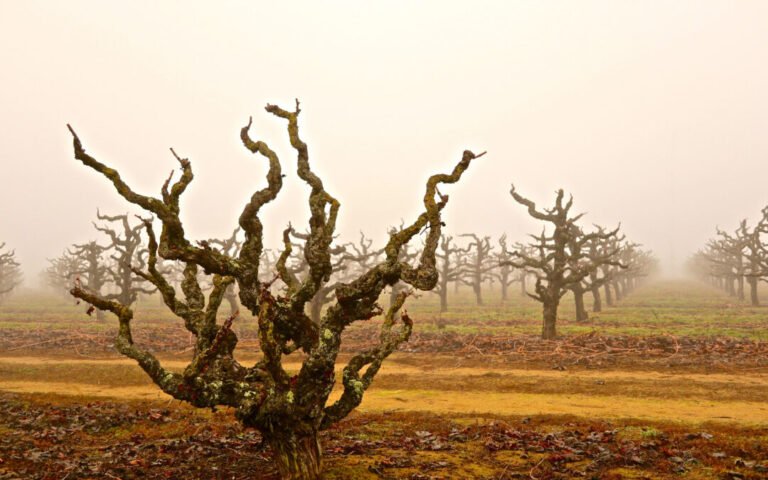
The 19th century brought wine lovers a disaster of biblical proportions: the phylloxera epidemic. This tiny pest from North America nearly wiped out Europe’s vineyards. But in a twist worthy of a blockbuster movie, American vines were resistant to the plague. European vintners grafted their beloved grapevines onto American rootstock, saving the wine industry.
7. New World Wines
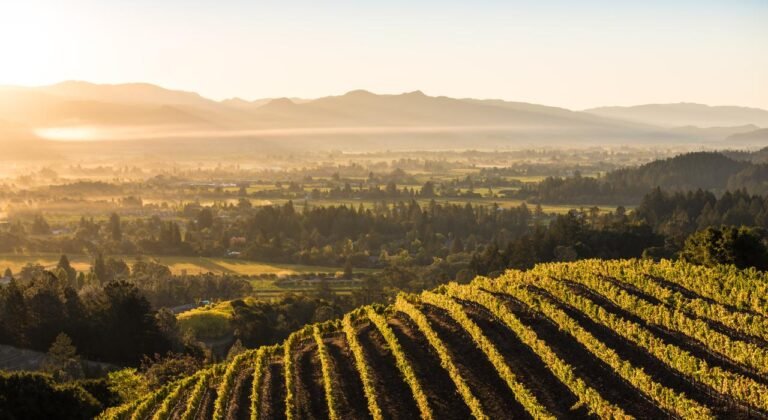
Move over, Europe! The 20th century saw the rise of New World wines from places like California, Australia, South Africa, and South America. These regions brought fresh perspectives, new grape varieties, and a whole lot of attitude. California’s Napa Valley, in particular, became a heavyweight contender, proving that fine wine doesn’t have to come with a French accent.
8. Wine in Pop Culture
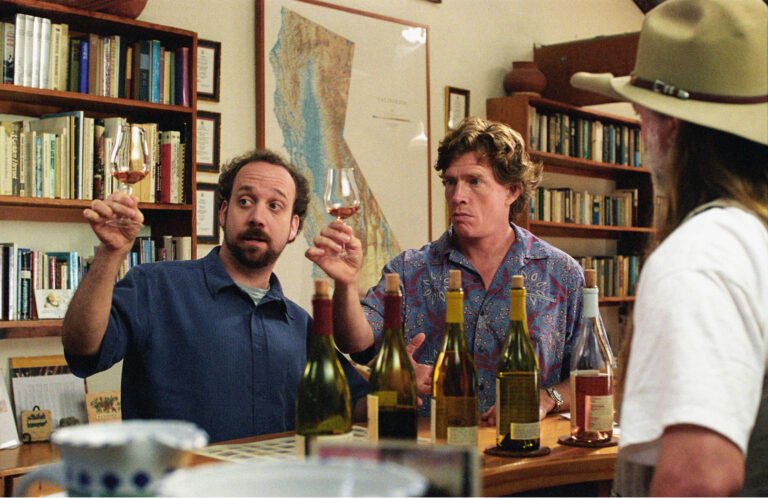
Wine has always been a star in its own right. From the poetic musings of Ernest Hemingway to the wine-fueled adventures in movies like “Sideways,” wine has cemented its place in popular culture. It’s the drink of choice for sophisticated dinner parties, romantic evenings, and, let’s be honest, those nights when you just need to unwind.
9. The Art of Wine Tasting
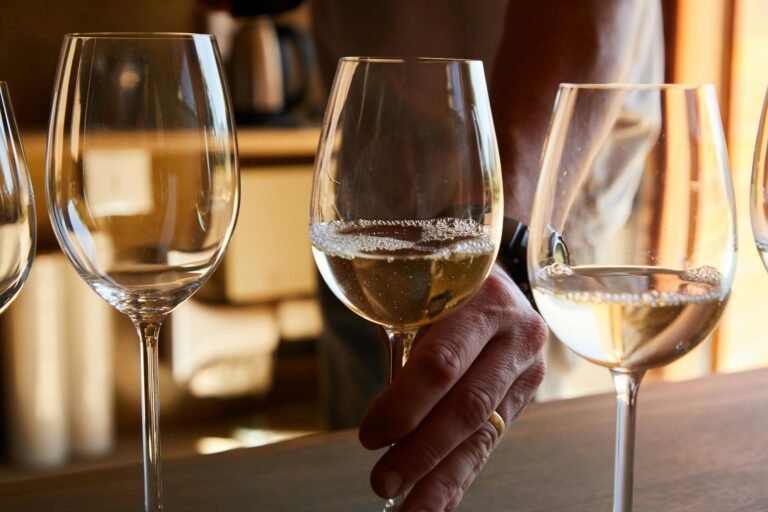
Wine tasting isn’t just about drinking; it’s an art form. Professional sommeliers train for years to develop their palates. The process involves scrutinising the wine’s appearance, inhaling its aroma, savouring its taste, and noting the aftertaste. It’s like being Sherlock Holmes, but with a much tastier mystery to solve.
10. Health Benefits of Wine

As it turns out, our ancient ancestors were onto something. Modern science has found that moderate wine consumption, especially red wine, can be good for you. It’s packed with antioxidants and can promote heart health. Of course, the key word here is “moderate.” Too much of a good thing, and you’re looking at more of a headache than a health benefit.
Wine has been our trusty companion for thousands of years, from ancient rituals to modern dinner parties. Its rich history, cultural significance, and delightful flavours make it a beverage worth celebrating. So next time you pour a glass, remember you’re participating in a tradition that spans millennia. Cheers to that!
